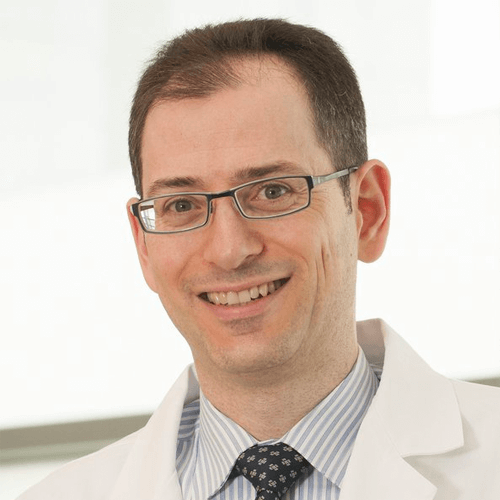Search results
PROMOTED
Author(s):
Nicolas M Van Mieghem
,
Kendra J Grubb
,
David Hildick-Smith
,
et al
Start date:
Mar 26, 2024
Author(s):
PJ de Feyter
,
N Mollet
,
Koen Nieman
Added:
3 years ago
In vivo visualisation of the coronary arteries was first introduced by de Mason Sones in the 1950s. Selective invasive coronary angiography (CA) has significantly increased our understanding and management of coronary atherosclerosis and has precisely delineated coronary stenoses, which was a prerequisite for the development of coronary revascularisation techniques. However, it was almost 10…
View more
Author(s):
Pascal Thériault-Lauzier
,
Marco Spaziano
,
Beatriz Vaquerizo
,
et al
Added:
3 years ago
Valvular Disease
Aortic valve
Severe symptomatic aortic stenosis (AS) bears a dismal prognosis. The mean survival is 2.0 to 4.7 years after the onset of angina, 0.8 to 3.8 years after the onset of syncope and 0.5 to 2.8 years after the onset of congestive heart failure.1 Surgical aortic valve replacement (SAVR) is the mainstay of treatment for these patients.2 In the last decade transcatheter…
View more
Author(s):
Andreas Baumbach
,
Mark CK Hamilton
Added:
3 years ago
Rapid advancement of technology has facilitated computerised tomography (CT) coronary angiography (CTCA) to move from being a research tool to being a clinically important diagnostic entity. Whilst the initial four detector technology required relatively long acquisition times and reconstruction of the images took considerable time, the newer generation scanners easily cover the heart in a single…
View more
Author(s):
Jelmer Westra
Added:
3 years ago
Dr Jelmer Westra (Aarhus University Hospital, Aarhus, DK) discusses CT-QFR or myocardial perfusion imaging in patients with coronary stenosis on CTA.
Questions:
1. Can you remind us of the Dan-NICAD study?
2. What was the rationale of the sub-study you conducted?
3. What was the design of the sub-study?
4. What were your findings?
5. What are the benefits of CT-QFR for patients with…
View more
Author(s):
Matthew J Budoff
,
Ambarish Gopal
Added:
3 years ago
Over the past decade, great strides have been made in the field of cardiac imaging, particularly in cardiac computed tomography (CT) to view the coronary artery lumen and plaque.1 Performance of cardiac CT angiography (CTA) has been challenging, given rapid cardiac motion, small vessel diameters, tortuous anatomical patterns and overlapping cardiac structures. Current 64- multi-row detector…
View more
Author(s):
Ji Hyun Lee
,
Bríain ó Hartaigh
,
Donghee Han
,
et al
Added:
3 years ago
Coronary computed tomography angiography (CCTA) is a noninvasive tool capable of directly visualising the coronary anatomy with high sensitivity and negative predictive value (NPV) for coronary artery disease (CAD) compared to invasive coronary angiography (ICA).1,2 Recent innovations in computed tomography (CT) technology have led to the rapid development of CCTA and its selection as an anatomic…
View more
Author(s):
Jean-François Paul
Added:
3 years ago
In the clinical management of patients with complex congenital heart disease (CHD), accurate 3D evaluation of their morphological conditions is critical. 3D imaging should demonstrate the shape and spatial relation of great arteries, proximal branch pulmonary arteries and anomalous pulmonary venous or systemic connections, and eventually coronary artery course. 3D information on extra-cardiac…
View more
Ron Blankstein
Job title: Cardiology Specialist
Author
João L Cavalcante
Job title: Director of Cardiac MRI and Structural CT Labs
Author













